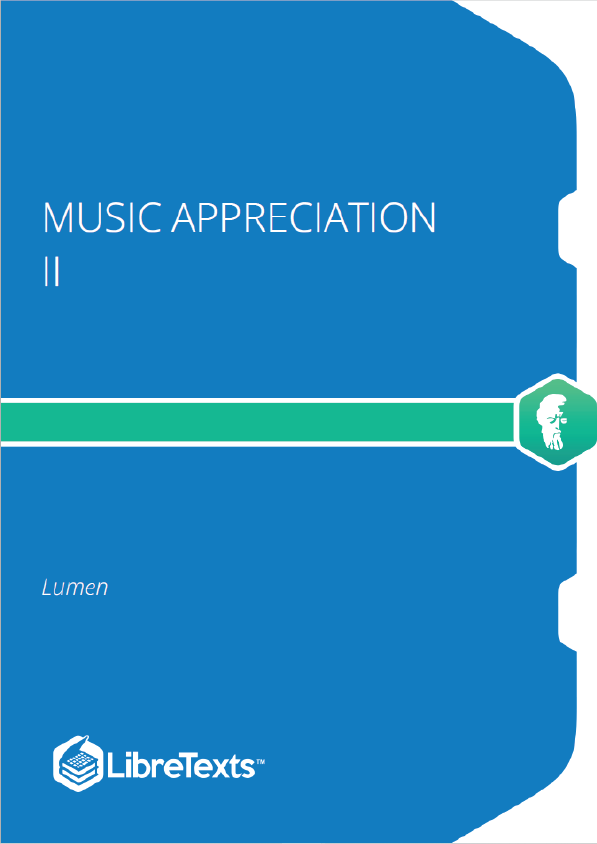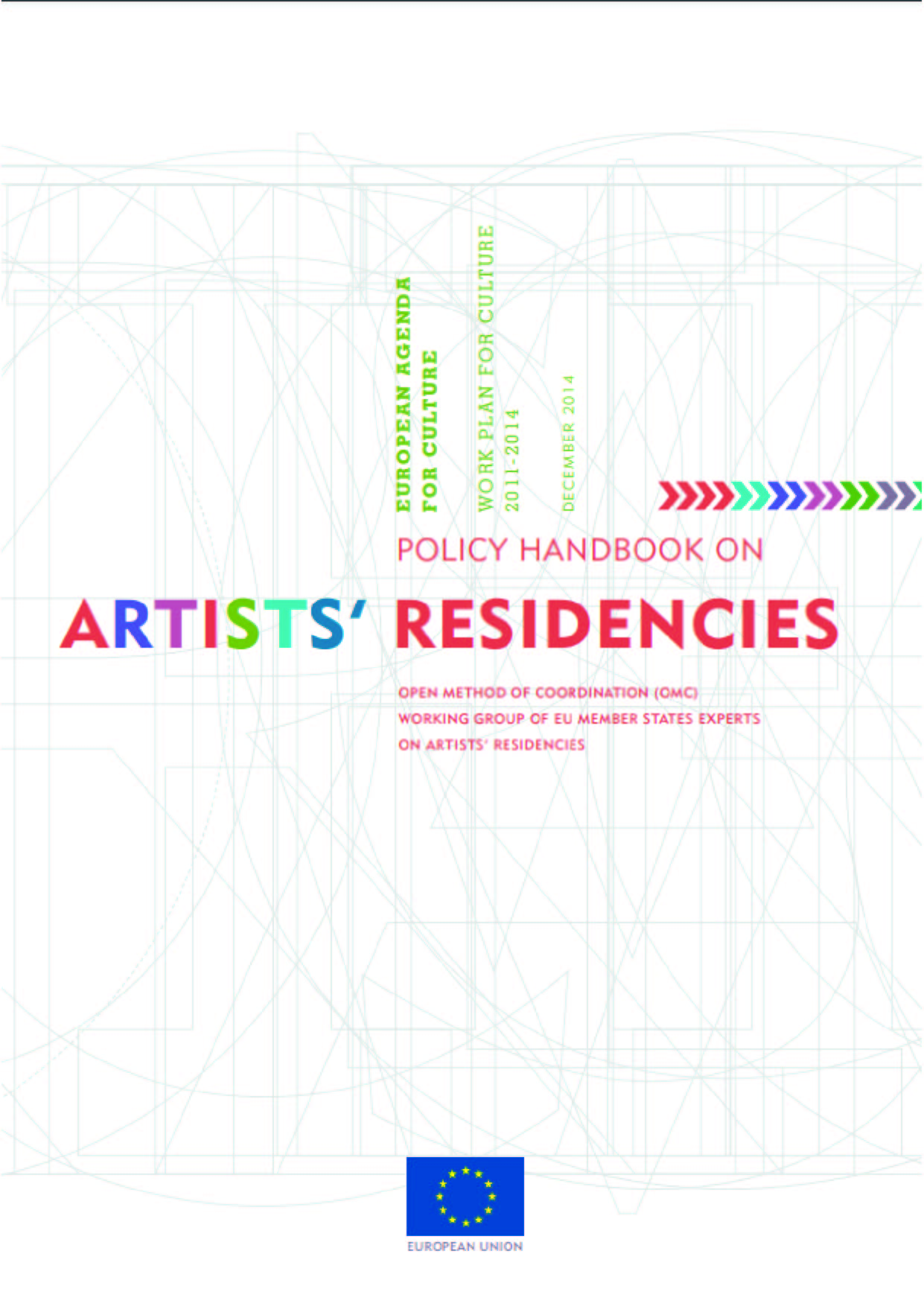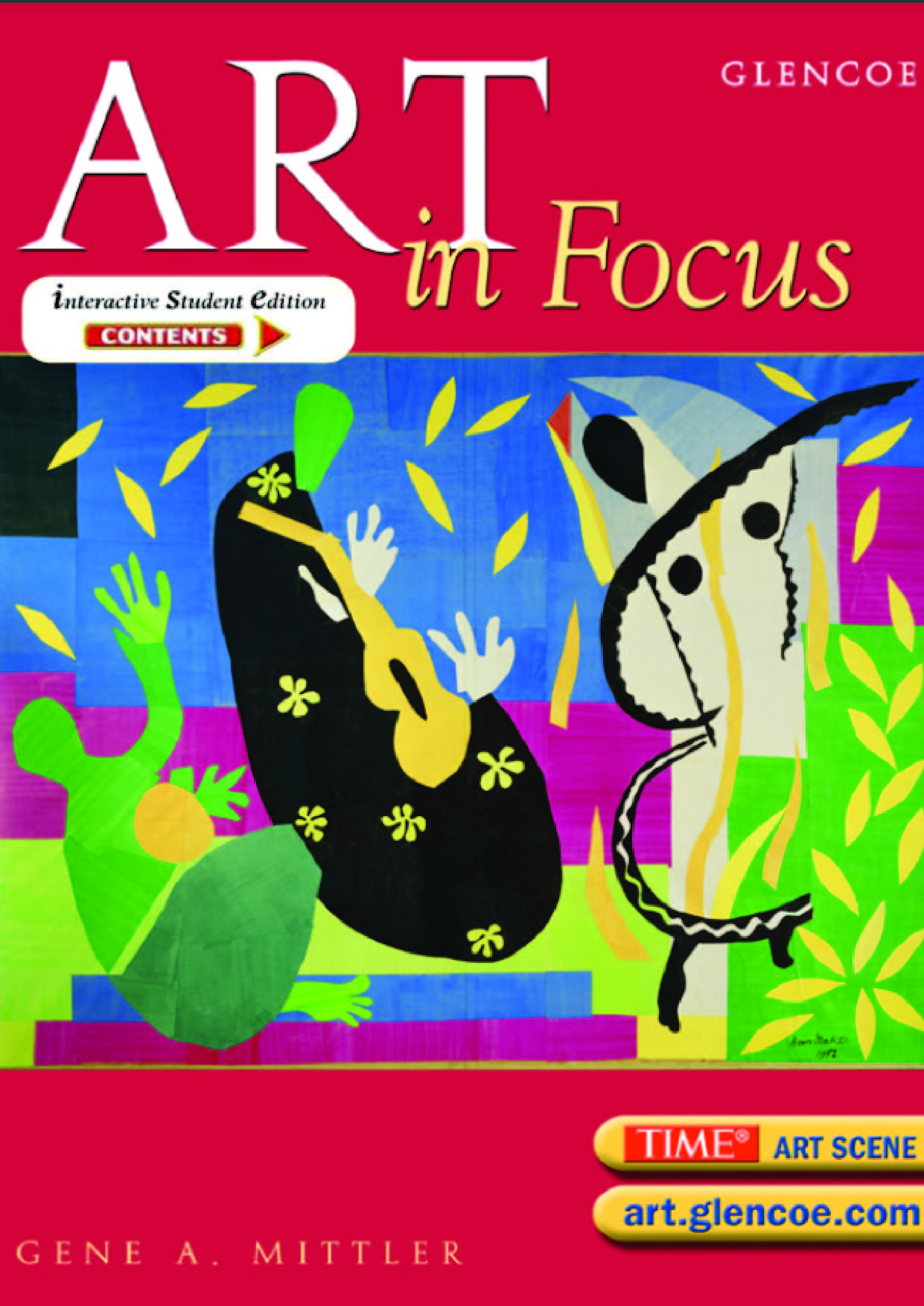Melody is a timely arranged linear sequence of pitched sounds that the listener perceives as a single entity. Melody is one of the most basic elements of music. A note is a sound with a particular pitch and duration. String a series of notes together, one after the other, and you have a melody. But the melody of a piece of music isn’t just any string of notes. It’s the notes that catch your ear as you listen; the line that sounds most important is the melody. First of all, a melodic line of a piece of music is a succession of notes that make up a melody. Extra notes, such as trills and slides, that are not part of the main melodic line but are added to the melody either by the composer or the performer to make the melody more complex and interesting are called ornaments or embellishments.
The Shape or Contour of a Melody
A melody that stays on the same pitch gets boring pretty quickly. As the melody progresses, the pitches may go up or down slowly or quickly. One can picture a line that goes up steeply when the melody suddenly jumps to a much higher note, or that goes down slowly when the melody gently falls. Such a line gives the contour or shape of the melodic line. You can often get a good idea of the shape of this line by looking at the melody as it is written on the staff, but you can also hear it as you listen to the music.
Melodic Motion
Another set of useful terms describe how quickly a melody goes up and down. A melody that rises and falls slowly, with only small pitch changes between one note and the next, is conjunct. One may also speak of such a melody in terms of step-wise or scalar motion, since most of the intervals in the melody are half or whole steps or are part of a scale. A melody that rises and falls quickly, with large intervals between one note and the next, is a disjunct melody. One may also speak of “leaps” in the melody. Many melodies are a mixture of conjunct and disjunct motion. A melody may show conjunct motion, with small changes in pitch from one note to the next, or disjunct motion, with large leaps. Many melodies are an interesting, fairly balanced mixture of conjunct and disjunct motion.
Melodic Range
Range refers to the distance between the highest and lowest notes found in a given melody. When a piece of music has wide range, there is a great distance between the highest and lowest pitches heard. Conversely, when a piece of music has narrow range the distance between the highest and lowest pitches is relatively small.











